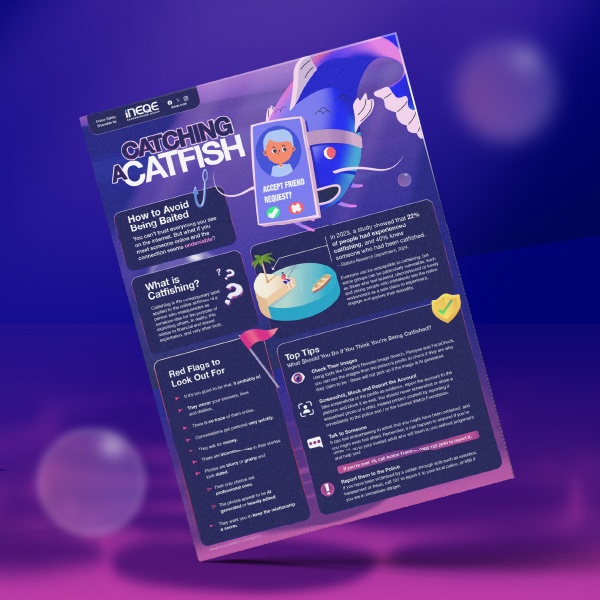Training in person or virtually
Safeguarding Children and Young People (Level 1)
Overview
This foundational course provides a clear and practical overview of safeguarding children and young people. Designed for anyone working or volunteering with children, it covers the essential information you need to recognise abuse and respond appropriately. Whether you’re new to safeguarding or completing your annual refresher, this session reinforces your role in helping to keep children safe – whether in person or online.
You’ll learn how to spot the signs of abuse or neglect, what to do if you have concerns, and how to follow your organisation’s safeguarding procedures with confidence.
Learning Objectives
Participants will:
- Understand what safeguarding involves and why it applies to both offline and online contexts.
- Recognise the main types of abuse, including signs of online risks such as grooming or exploitation.
- Learn how to respond if a child discloses something or you have concerns about their safety.
- Know how and when to share information in line with safeguarding procedures.
- Build confidence in following your organisation’s safeguarding policies and reporting routes.









